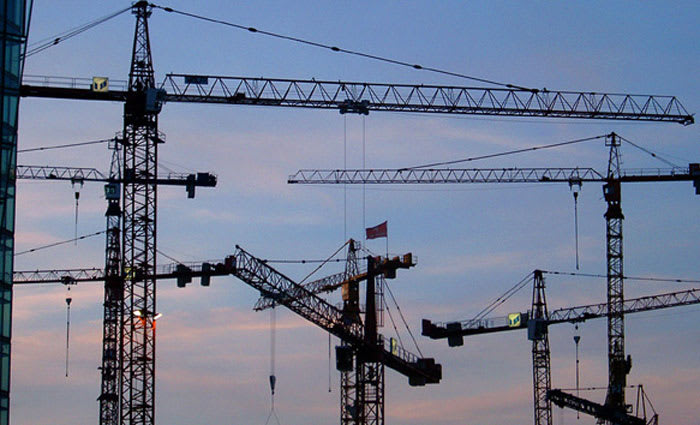The state that wasn't ready for a building boom
CoreLogic construction figures over the 2016/17 financial year show that projects with a value between $1-5 million take an average of 8 months to construct in Australia.
To provide some context around what a $1-5 million development looks like, think projects on the scale of a service station, a 2-4 storey unit block or a child care centre.
However, CoreLogic’s Cordell project data in the year to June reveals that Tasmania has longer construction periods than other states and territories, particularly in the $1-$5 million project space. Average construction periods over the last financial year averaged 11 months in this value range, compared to just 8 months across the rest of the country.
Across civil engineering, residential, commercial and industrial builds, construction periods were, on average, 3 months longer in Tasmania than the rest of Australia.
In the community segment, which includes schools and hospitals, construction periods were on average 5 months longer, as estimated by CoreLogic.
The longer construction periods suggest a constraint on the growth of the construction industry in Tasmania, despite increasing demand for dwellings, infrastructure and commercial buildings.
Tasmania has seen an uplift in the number and value of development applications over the last two years, with the number of new project applications peaking at 270 in the December 2016 quarter. At June 2017, the number of new development applications captured going into the pipeline was 224, at a combined construction value of $352 million.
There are a few factors that warrant the uplift. The state benefitted from a 13% increase in holiday visitation in the year to March 2017, and holiday expenditure was up 15% in the same period. Interstate migration climbed in Tasmania from the year 2013, and overseas migration to the state has been largely positive for the last 5 years.
Hobart in particular experienced a strong uplift in dwelling values, which increased 6.8% in the year to June. While this may seem low compared with the double-digit growth in Sydney and Melbourne property, 6.8% per annum is still well above interest rates, bond yields and the ASX.
Hobart’s median dwelling value is highly affordable to interstate investors at $360,000 – approximately a third of the value of the median Sydney dwellings. This low price point may be particularly appealing to first home buyers who have been crowded out of New South Wales, where first home buyers make up a historically low 8% of the owner occupier mortgage market.
Bullish attitudes towards this slow but steady growth market are also reflected in development applications.
There may be a few reasons that construction periods in Tasmania are longer. Being separated from the mainland and major ports, freight times may be longer for the delivery of building materials.
As there is little large scale construction on the island state, there is also a shortage of local building suppliers and builders themselves. A fundamental constraint to growth in the Tasmanian economy often highlighted are the high levels of underemployment. However, due to growth constraints and many public schools not offering years 11 and 12 until recent reforms, it is difficult to provide upskilling opportunities for the underemployed. In 2015, Tasmanian students had just 60% of students attain year 12 completion, compared with a national average of 75%. Construction has highlighted this skills shortage in Tasmania, at a time when the state economy could benefit from completions in housing, retail and commercial builds.
This article was by Eliza Owen, researcher at CoreLogic.
